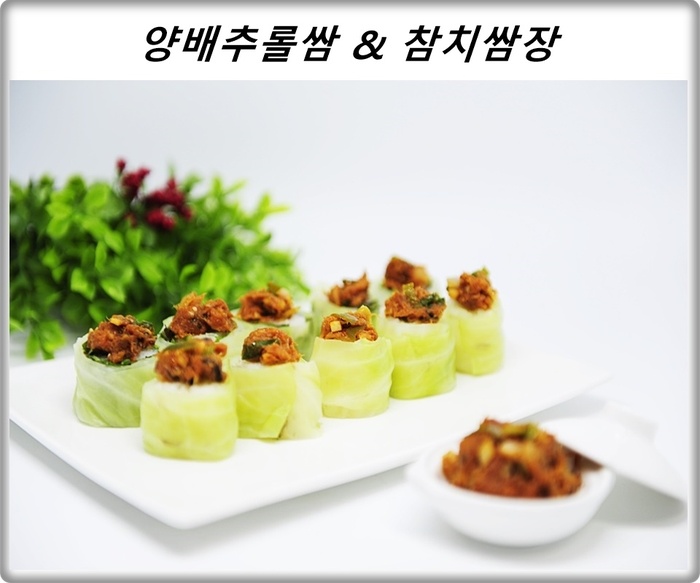
Tuna ssamjang and cabbage ssam in one bite
It was almost 12 o'clock last night, so I took it while making it for lunch today. Two or three dishes should be kept in temporary storage, but I can't make it leisurely even though I know it. It's good to do it on the weekend, but I want to rest on the weekend... Mind and body play separately... I bought cabbage and tuna to make it, but I've been putting it off for a long time. Last year, I made salmon ssamjang and uploaded it, but I couldn't do the same as then, so I changed it to tuna and added a few more.
2 serving
Within 30 minutes
바겨사
- Ingredients
-
-
Cabbage
-
Lettuce
-
Tuna
-
onion
-
King oyster mushroom
-
leek
-
Cheongyang red pepper
-
crushed garlic
-
canola oil
-
red pepper paste
-
Oligosaccharide
-
ground pepper
-
Sesame
-
Nuts
-
instant rice
-
- Cooking Steps
-
STEP 1/12Steam the cabbage for 7 minutes. If it's a lot, I'll have to spend more time, but I'll only use three cabbage leaves. Three pictures were enough for five minutes, but I took a picture and did it for seven minutes.
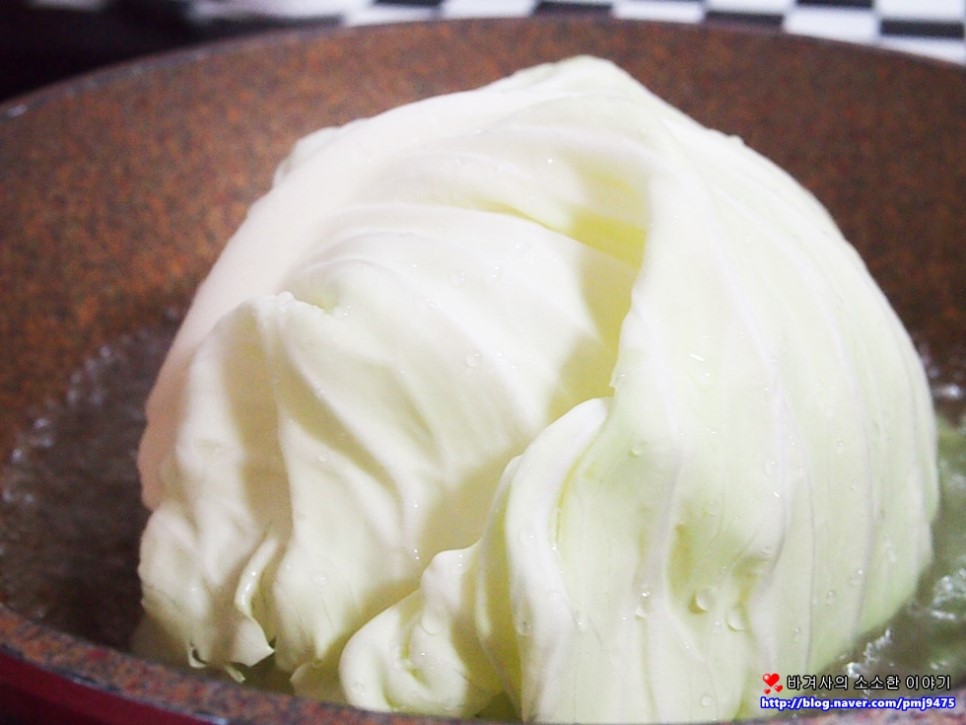
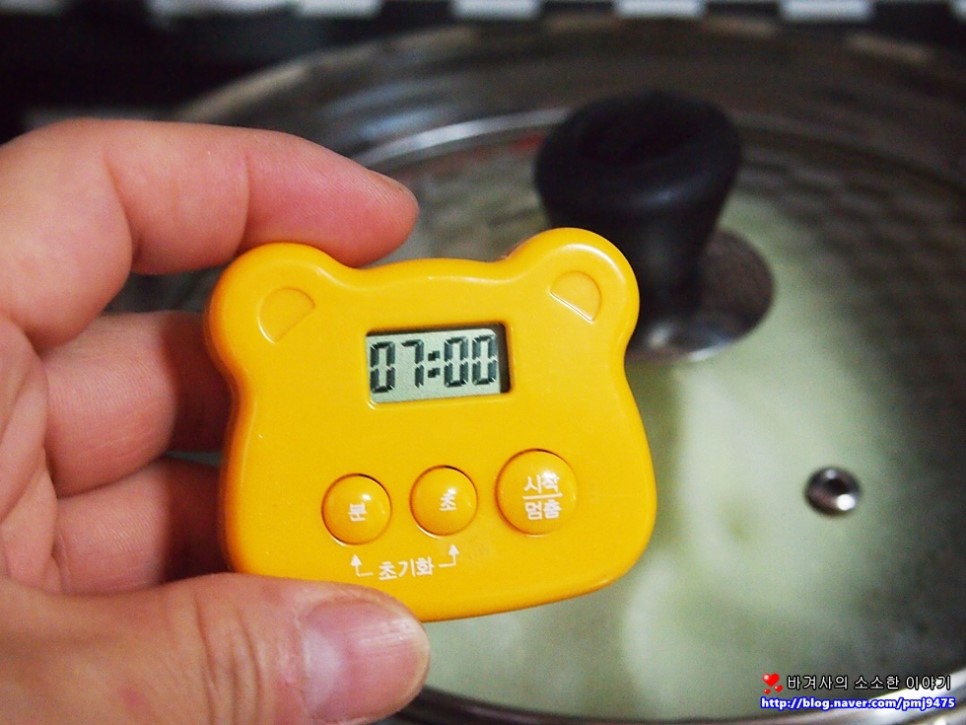 STEP 2/12Any tuna is available. I chose this one because I have Dae. If you want medium or small tuna, please reduce the amount of seasoning. Tuna has a lot of oil, so strain it through a sieve to get rid of the grease.
STEP 2/12Any tuna is available. I chose this one because I have Dae. If you want medium or small tuna, please reduce the amount of seasoning. Tuna has a lot of oil, so strain it through a sieve to get rid of the grease.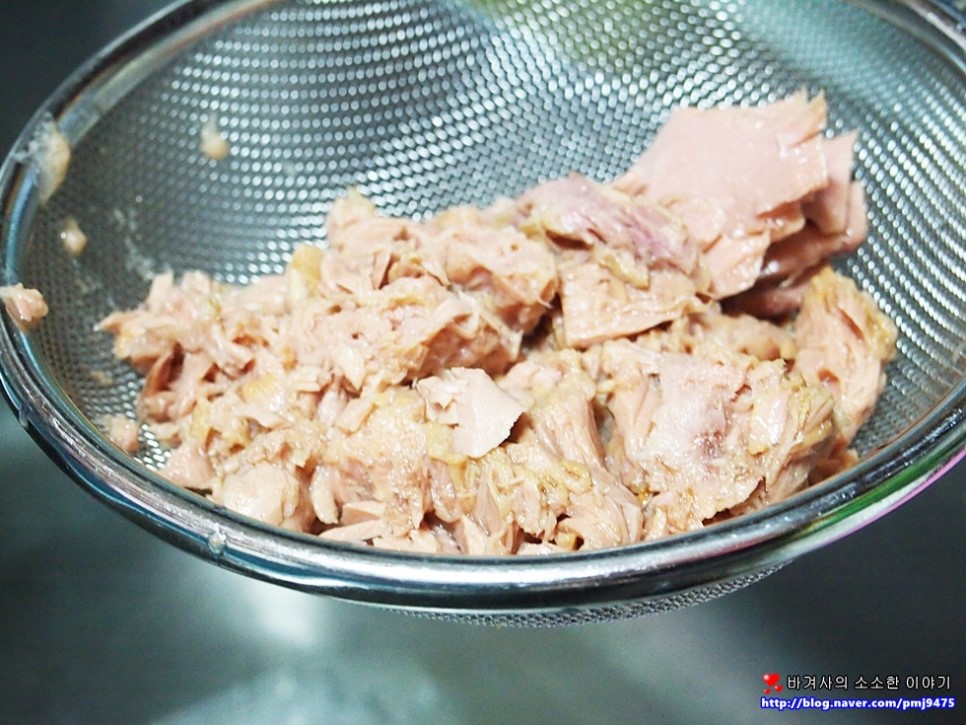 STEP 3/12The timer is squeaking and when you tell me the time, take out the cabbage and cool it down.
STEP 3/12The timer is squeaking and when you tell me the time, take out the cabbage and cool it down.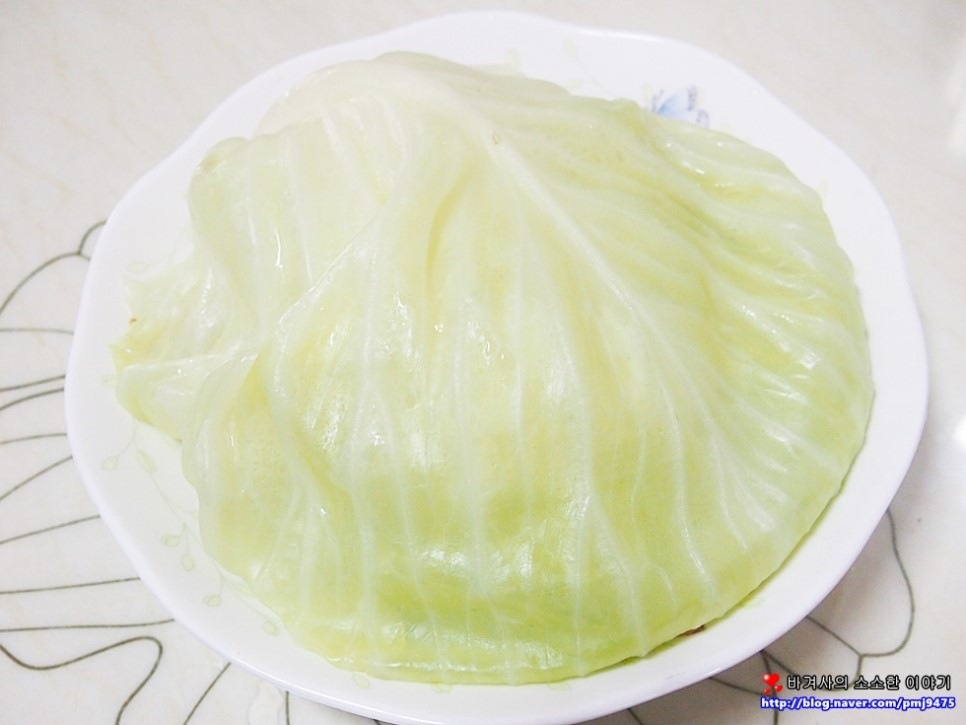 STEP 4/12The mushrooms are 1/2 small, 1/2 onion, 1/2 green onion, 1/2 green onion, and 1 cheongyang pepper. You can add more vegetables than the ones I prepared, or you can take them out if you don't have them. I put in the vegetable compartment in the refrigerator.
STEP 4/12The mushrooms are 1/2 small, 1/2 onion, 1/2 green onion, 1/2 green onion, and 1 cheongyang pepper. You can add more vegetables than the ones I prepared, or you can take them out if you don't have them. I put in the vegetable compartment in the refrigerator.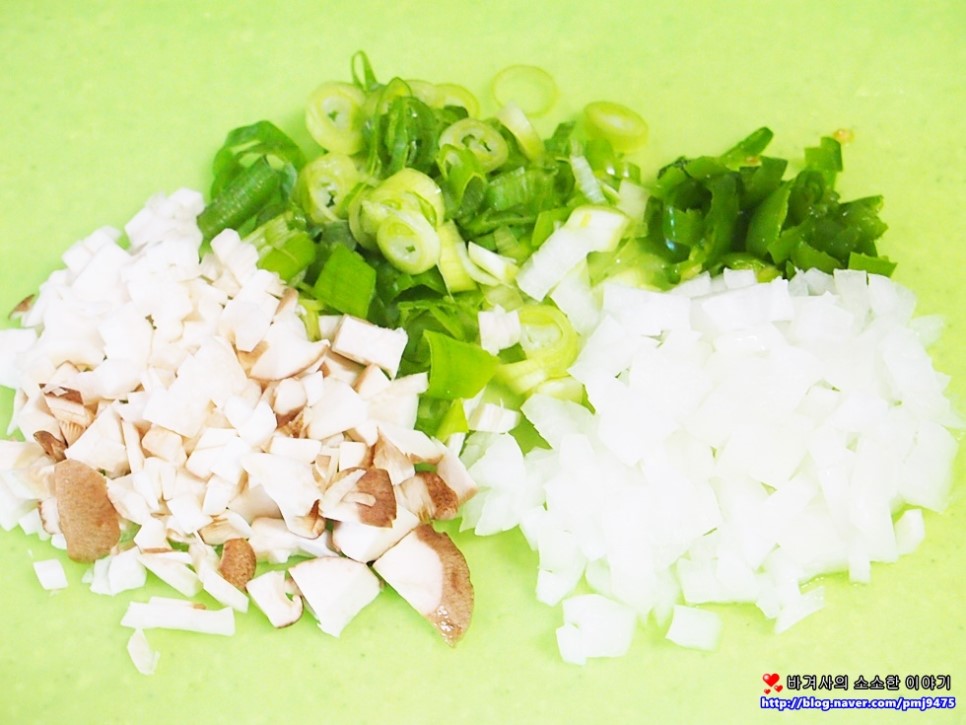 STEP 5/12Add green onions, crushed garlic 1 and canola oil 2 and stir-fry them. I tried to add green onions, garlic, and oil to make oil... Failure due to low oil... Lol, tuna has oil, so I didn't want to add more.
STEP 5/12Add green onions, crushed garlic 1 and canola oil 2 and stir-fry them. I tried to add green onions, garlic, and oil to make oil... Failure due to low oil... Lol, tuna has oil, so I didn't want to add more.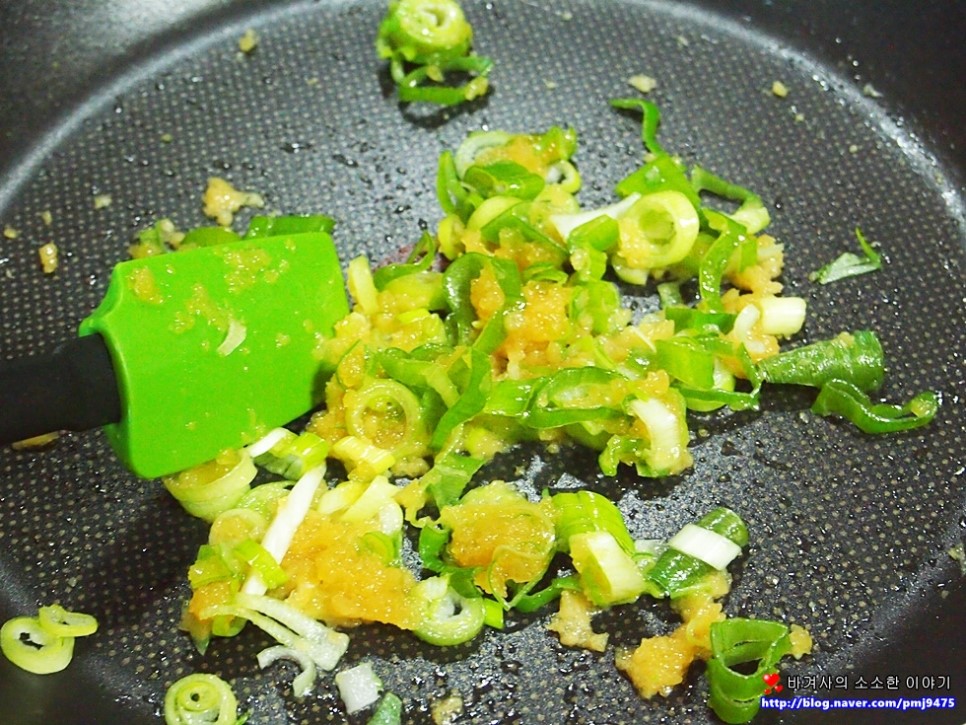
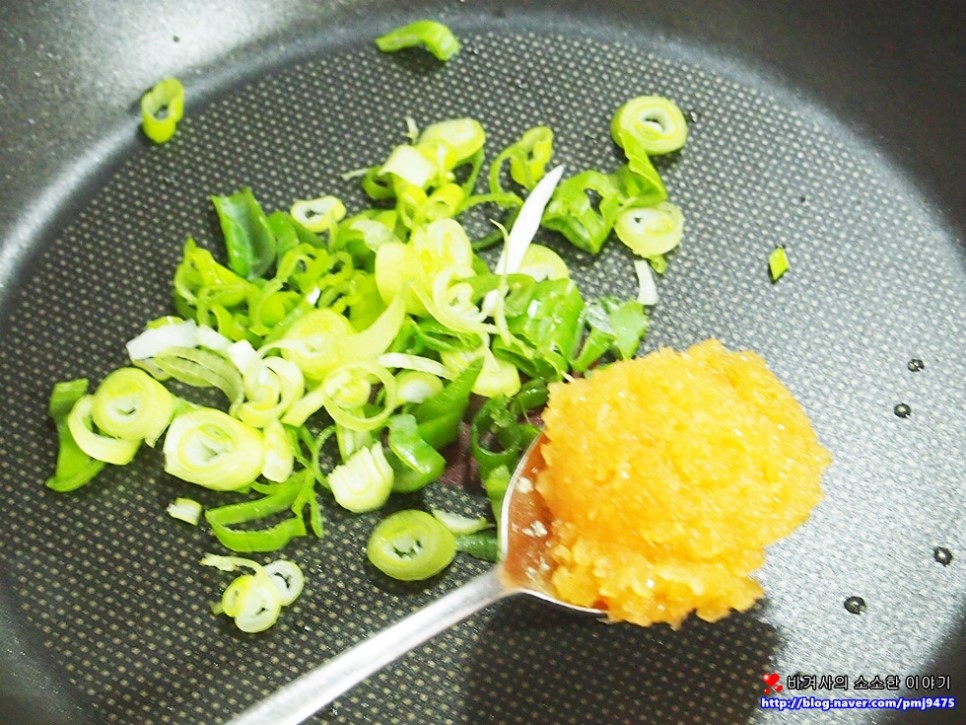
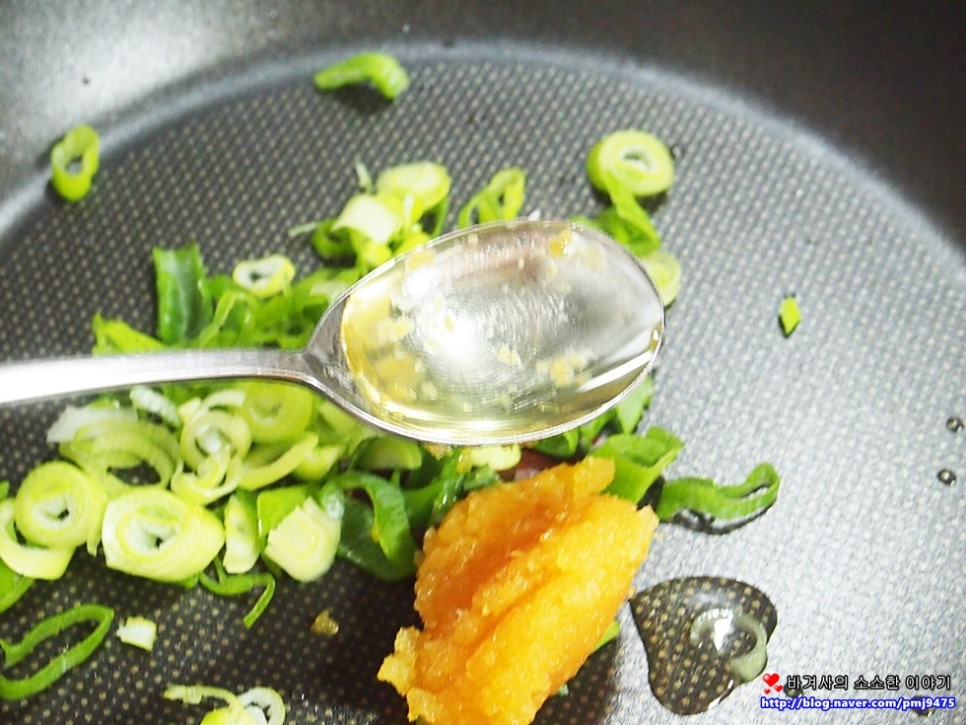 STEP 6/12Add tuna, 2 red pepper paste, 2 oligosaccharides, and all chopped vegetables. If you don't like the sweetness, cut down on oligosaccharides and if you like spicy things, add more cheongyang peppers.
STEP 6/12Add tuna, 2 red pepper paste, 2 oligosaccharides, and all chopped vegetables. If you don't like the sweetness, cut down on oligosaccharides and if you like spicy things, add more cheongyang peppers.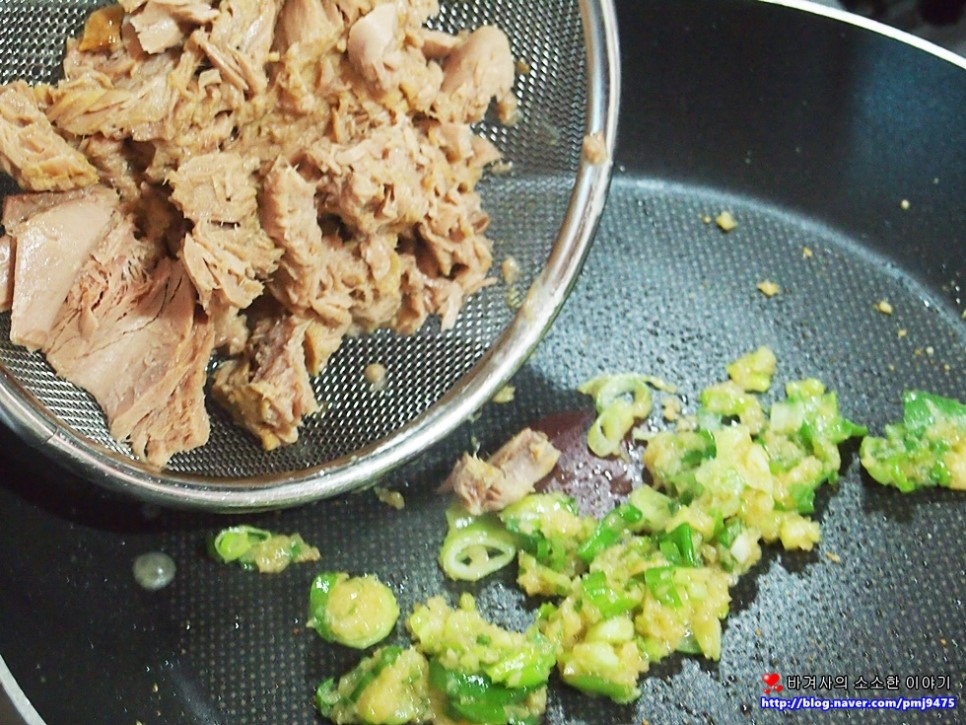
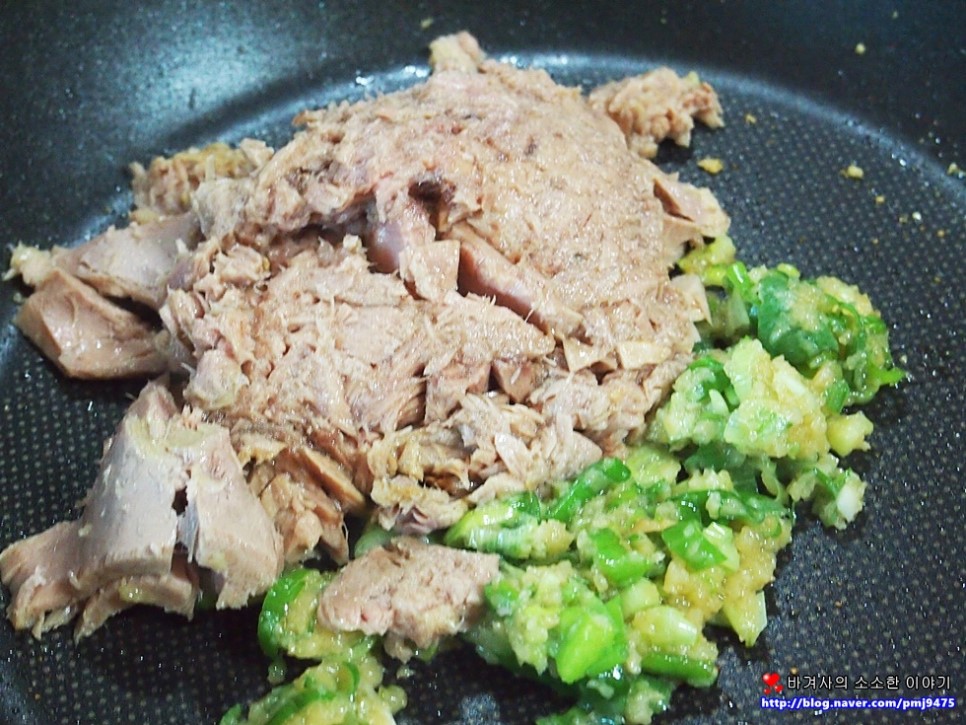
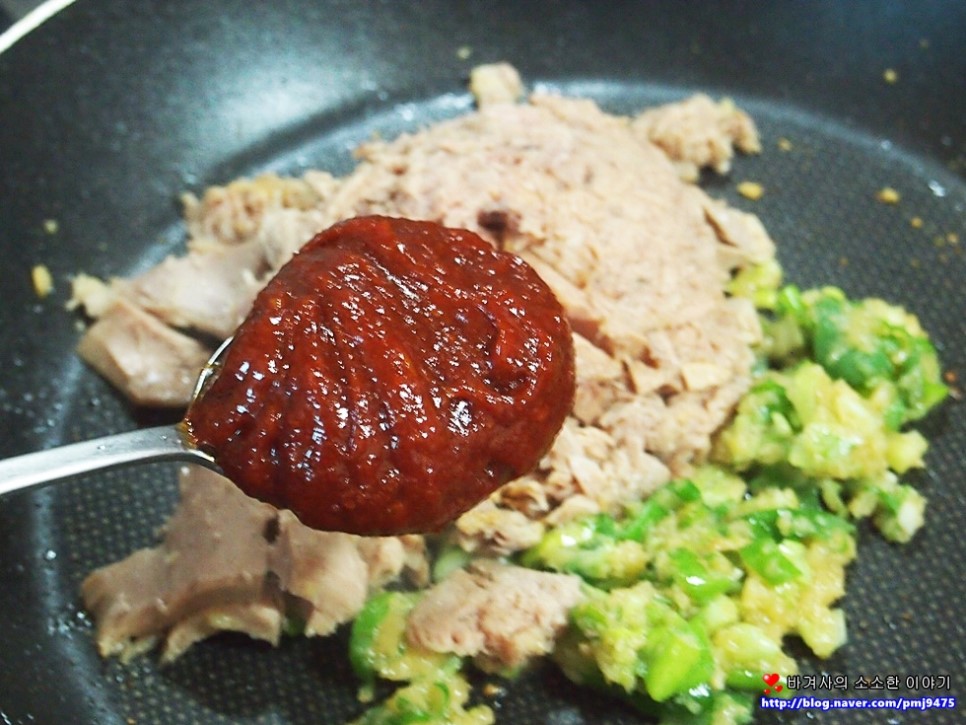

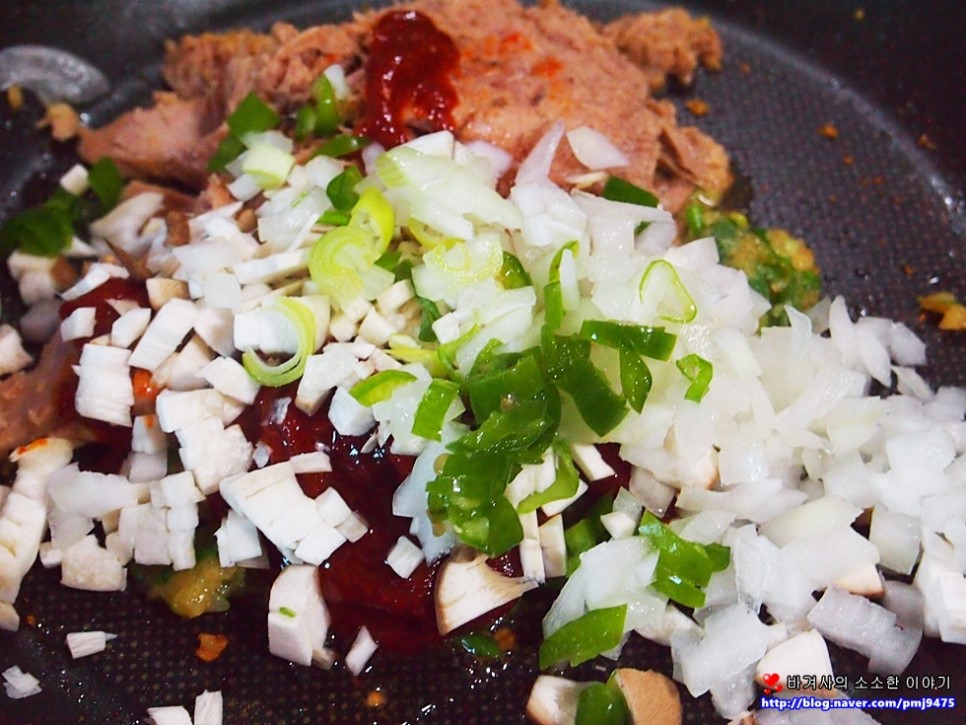 STEP 7/12Please stir-fry it now What I'm making right now is tuna ssamjang.
STEP 7/12Please stir-fry it now What I'm making right now is tuna ssamjang.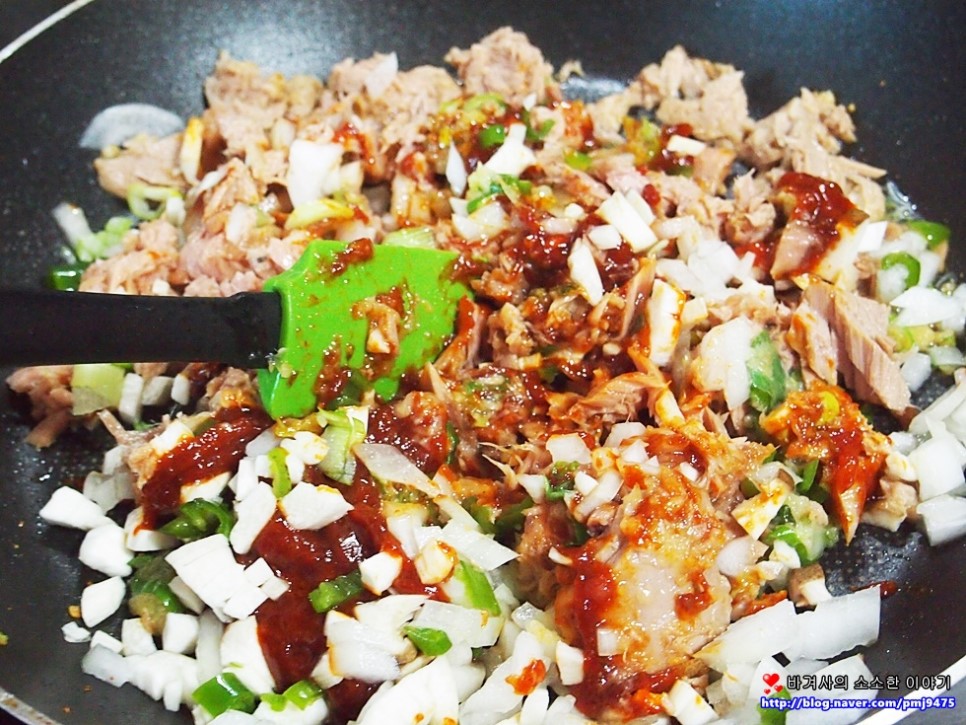
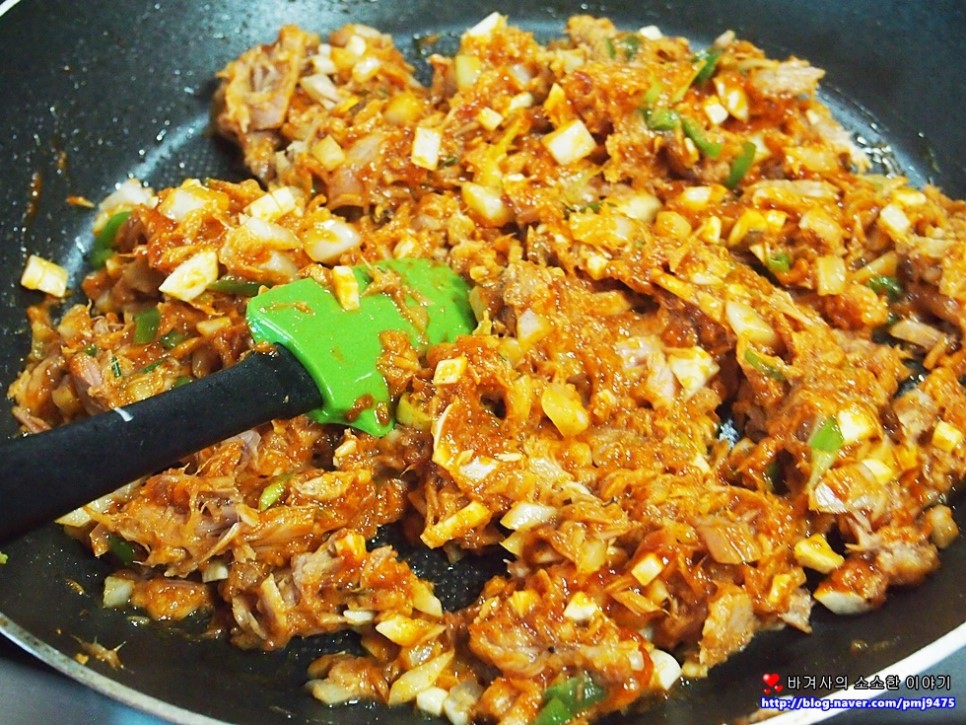 STEP 8/12Turn off the heat and mix 2 sesame oil, pepper dab dab dab, sesame seeds, black sesame seeds and chopped nuts. If you put nuts in it, it becomes savory.
STEP 8/12Turn off the heat and mix 2 sesame oil, pepper dab dab dab, sesame seeds, black sesame seeds and chopped nuts. If you put nuts in it, it becomes savory.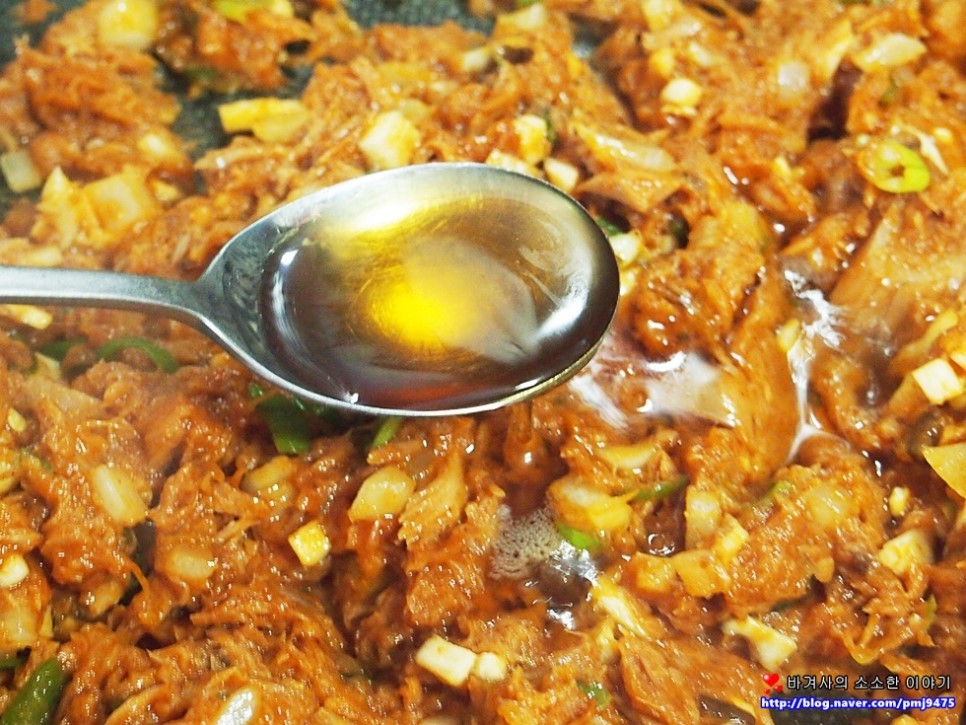
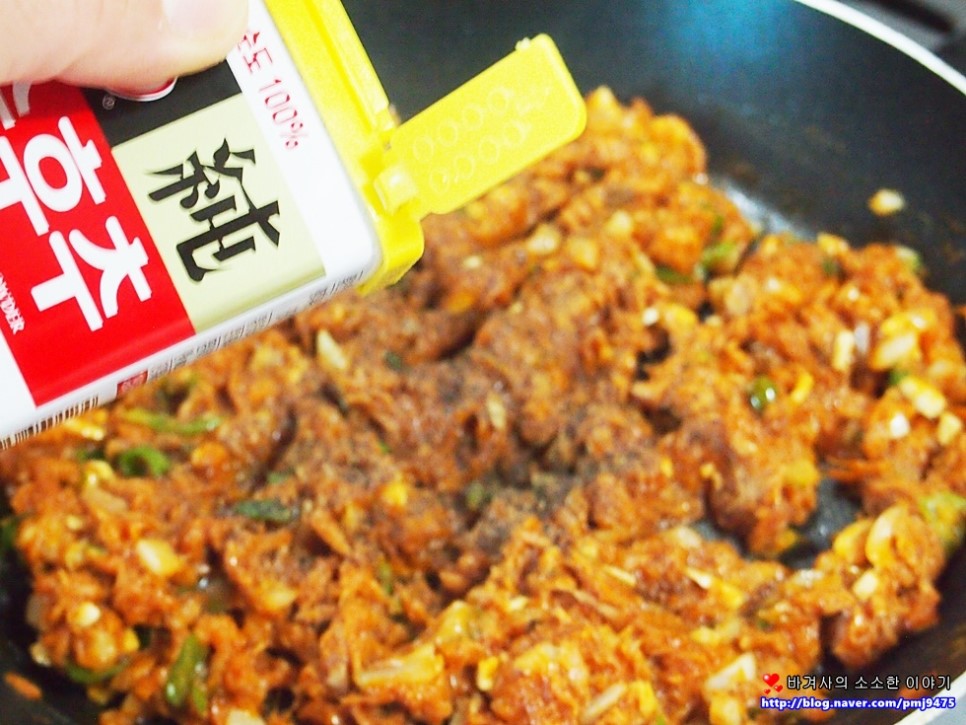
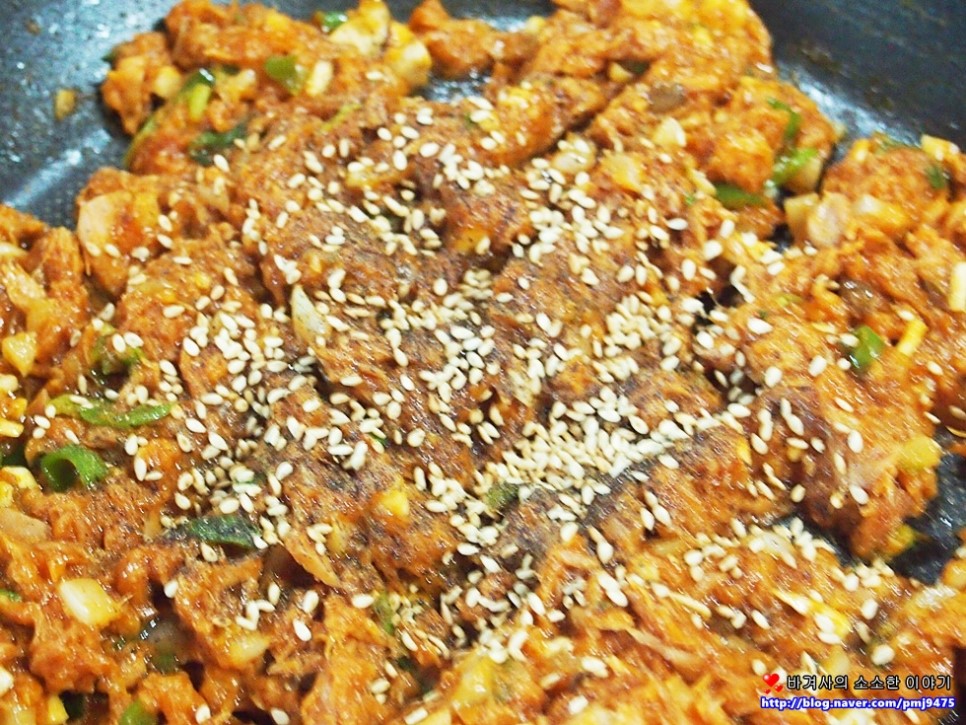
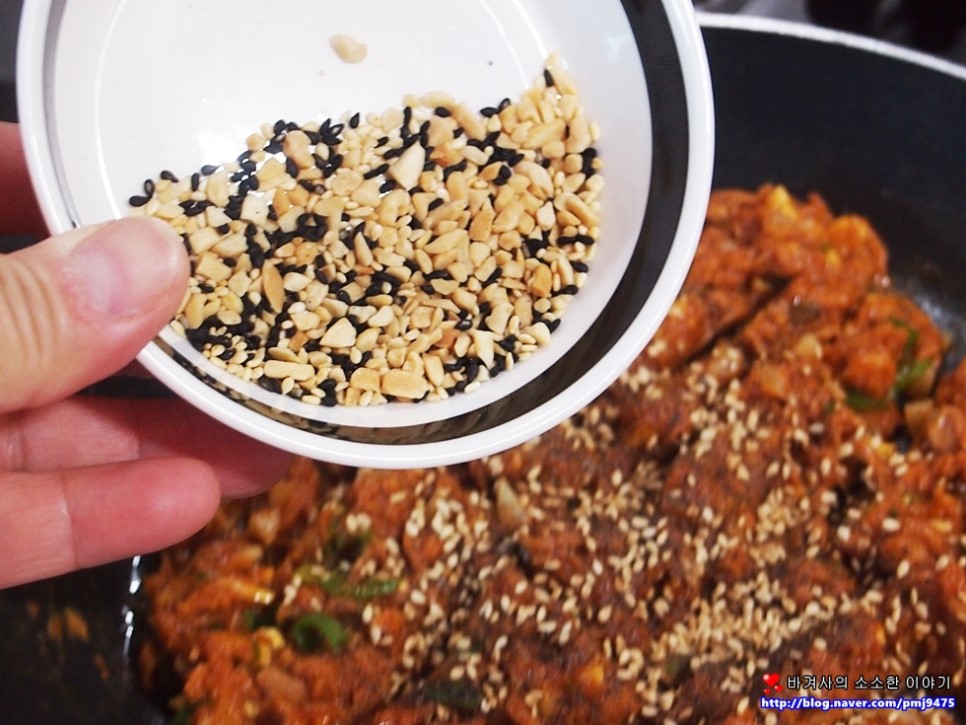
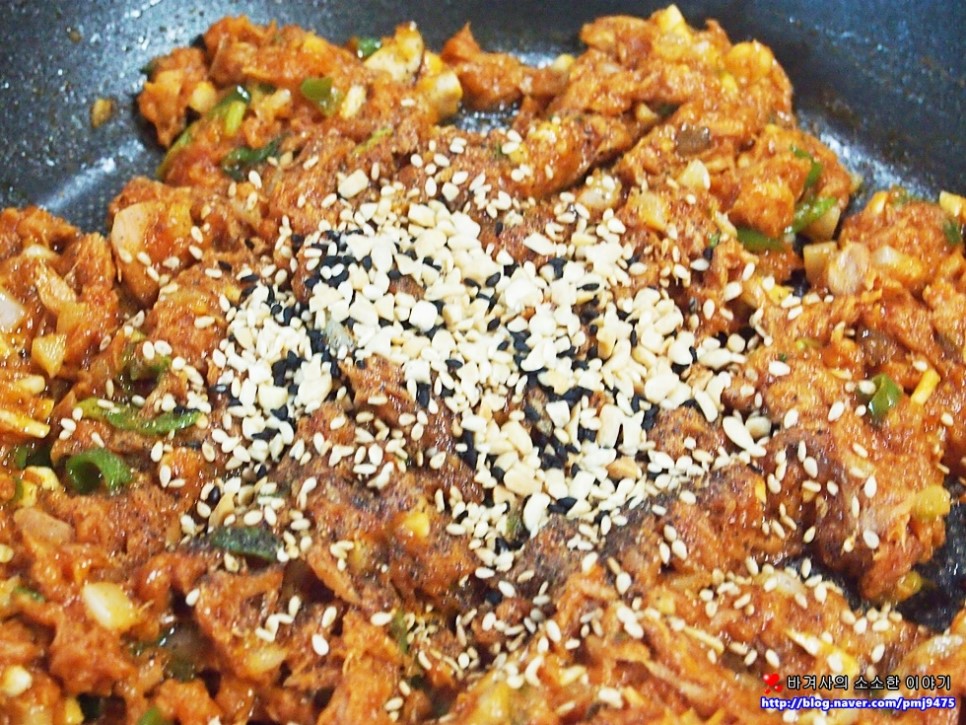 STEP 9/12I finished making the tuna ssamjang. It's too easy, right? These are ingredients that you can easily make at home. Since I made tuna ssamjang, I will make steamed cabbage ssam now.
STEP 9/12I finished making the tuna ssamjang. It's too easy, right? These are ingredients that you can easily make at home. Since I made tuna ssamjang, I will make steamed cabbage ssam now.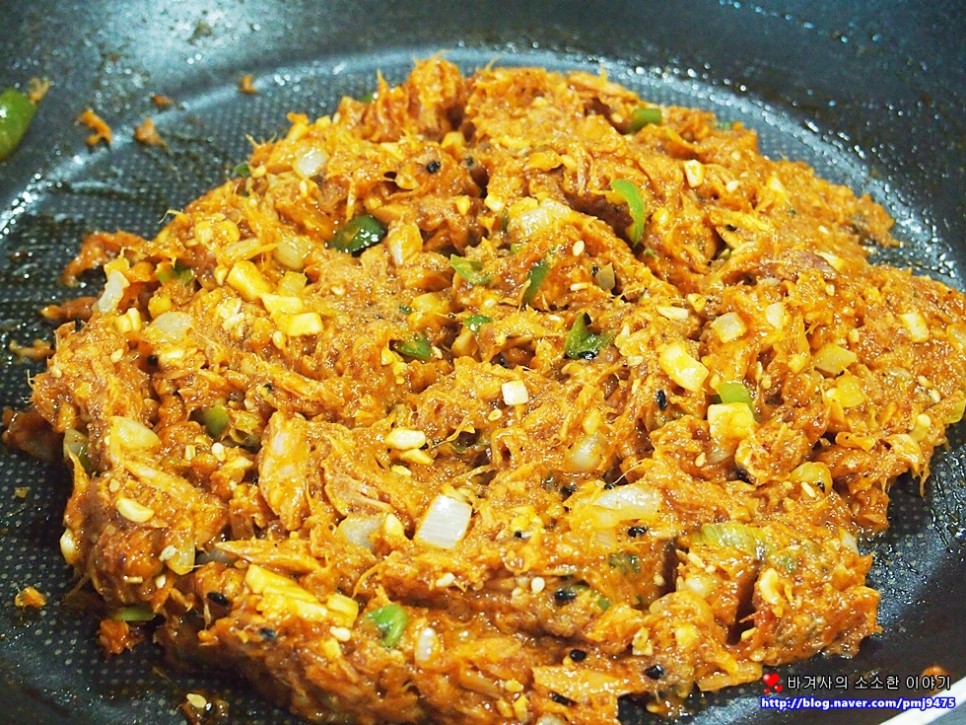 STEP 10/12Add rice to cabbage leaves and roll. I put lettuce in one side.
STEP 10/12Add rice to cabbage leaves and roll. I put lettuce in one side.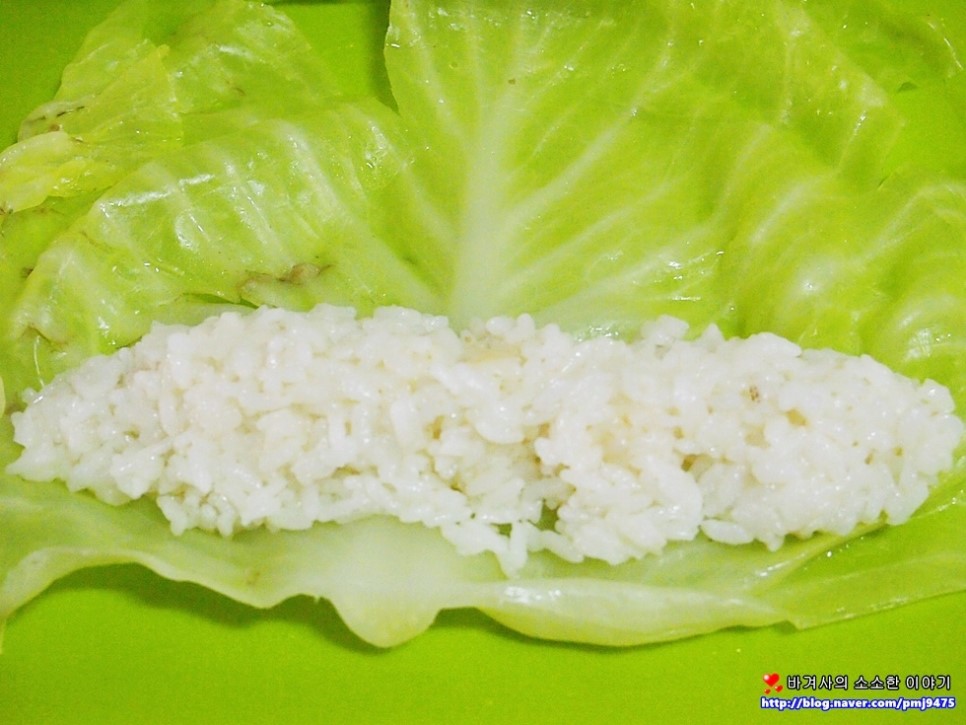
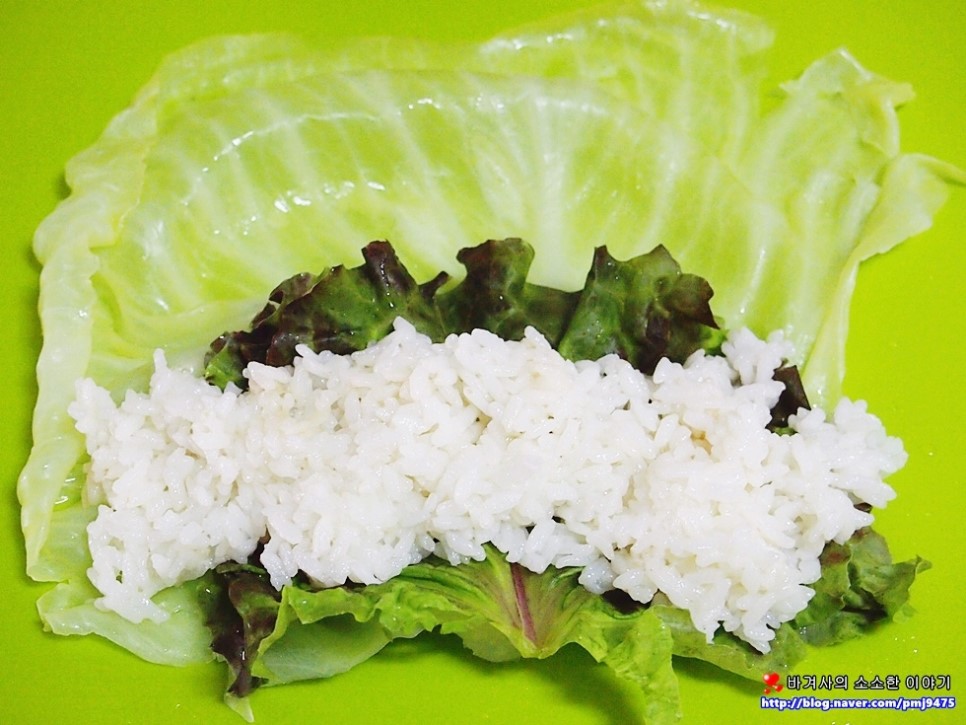 STEP 11/12Cut the rolled cabbage wrap into bite-size pieces like gimbap.
STEP 11/12Cut the rolled cabbage wrap into bite-size pieces like gimbap.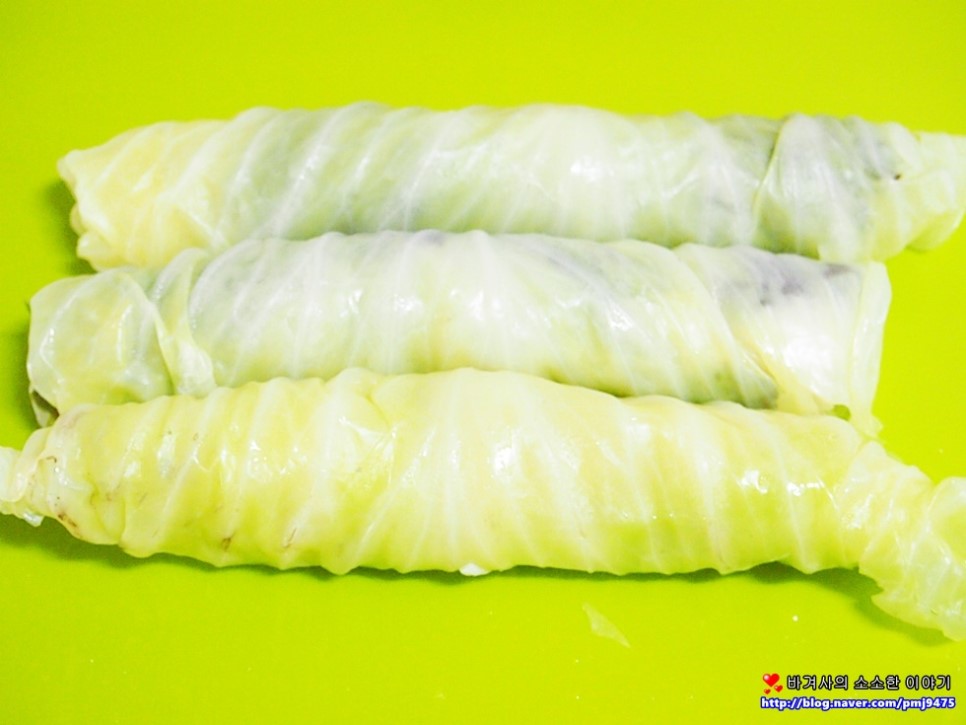
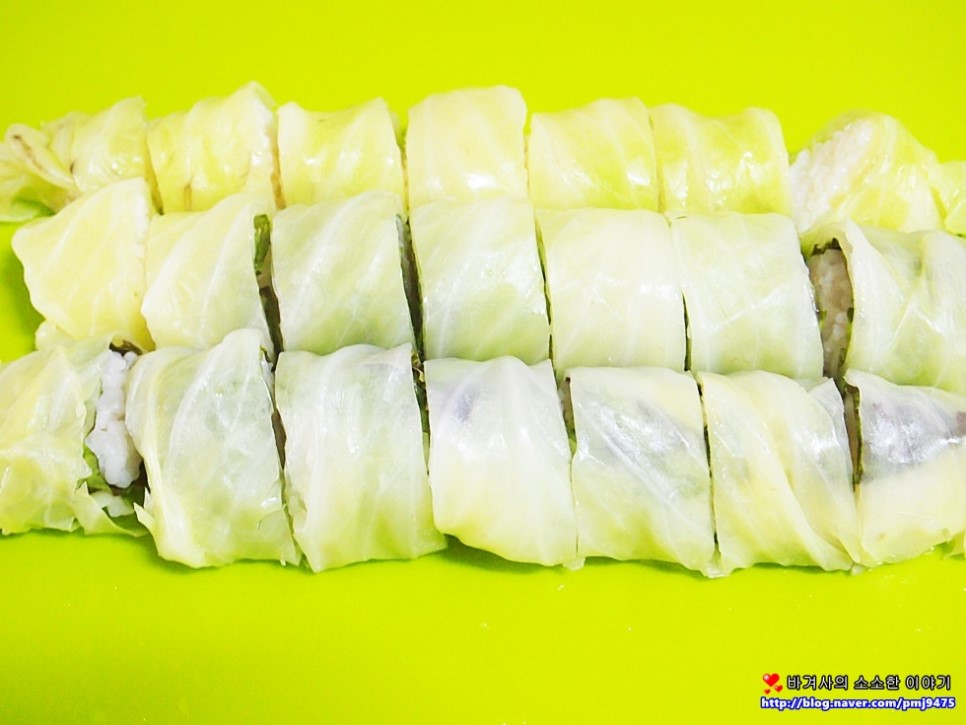 STEP 12/12Put the sliced cabbage on a plate and put tuna ssamjang on top.
STEP 12/12Put the sliced cabbage on a plate and put tuna ssamjang on top.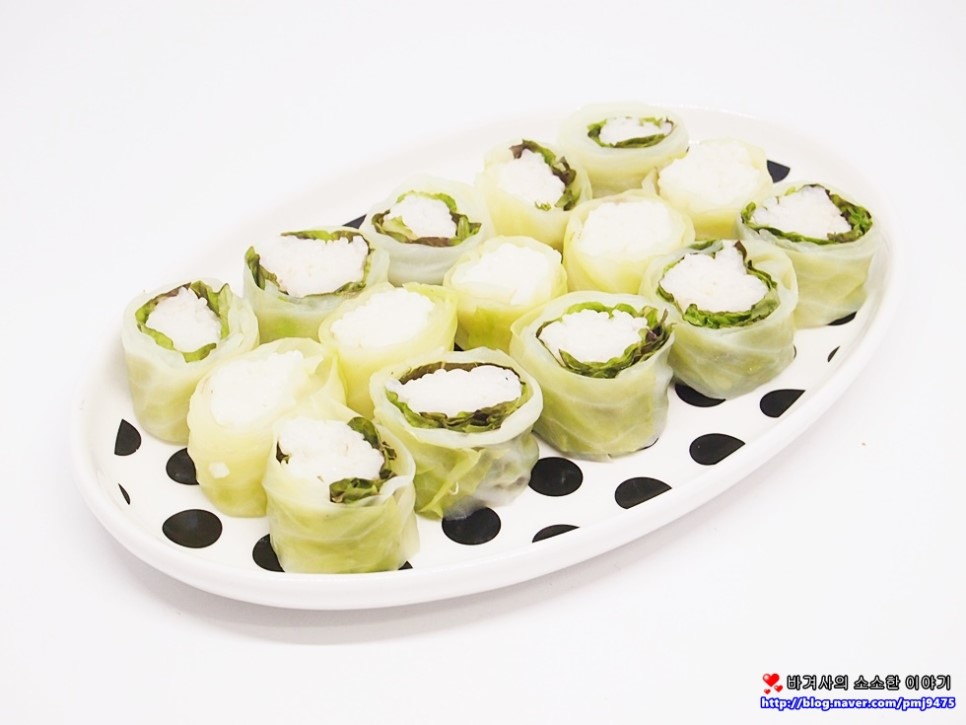
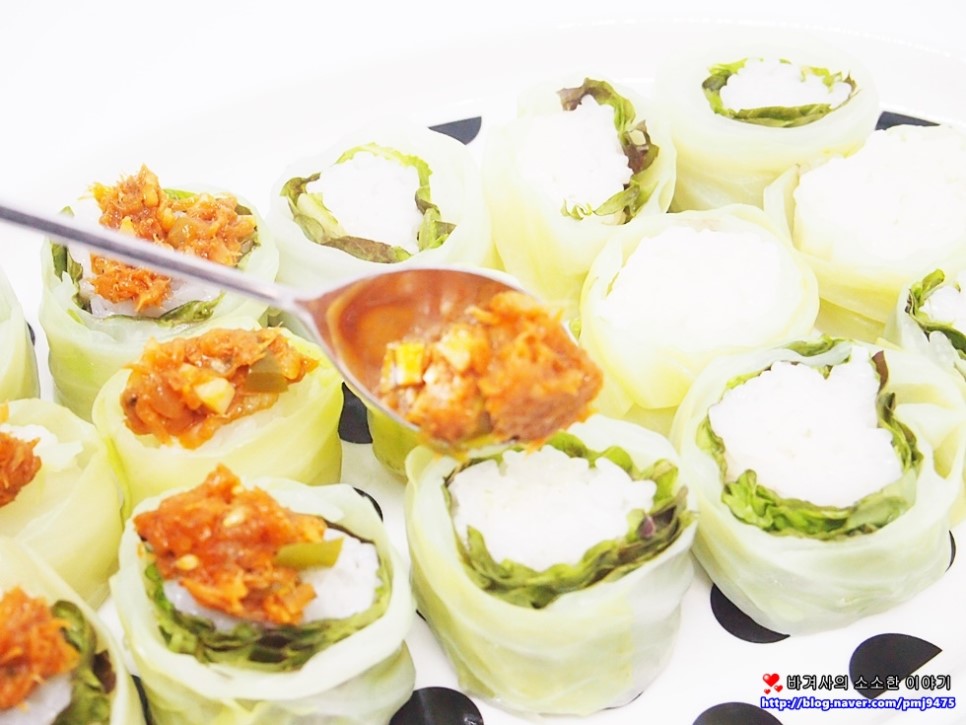
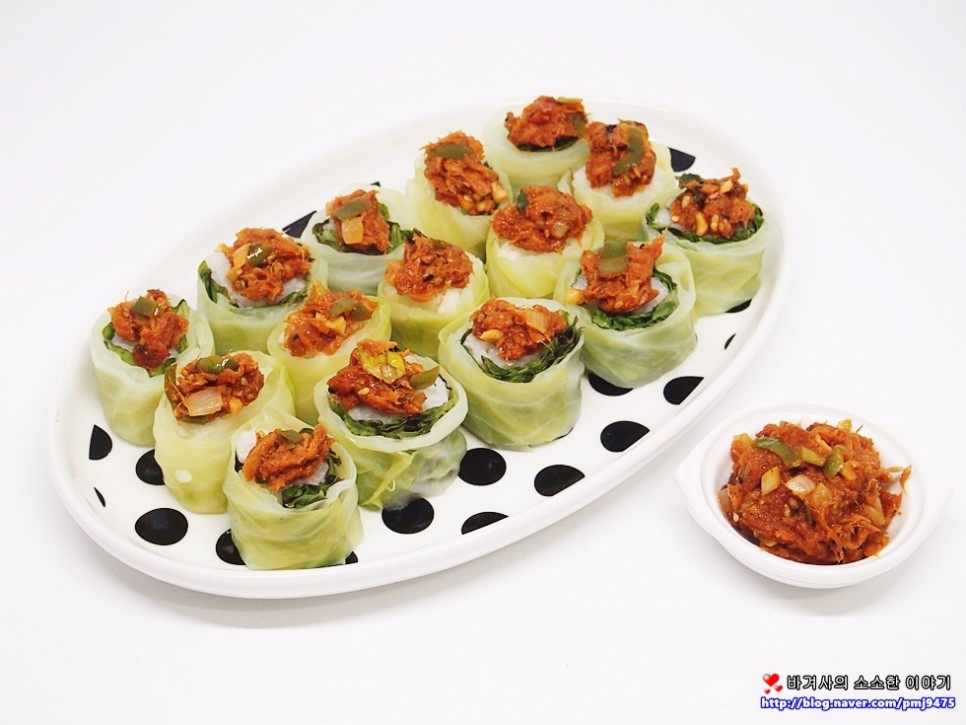
- stir-fried Rice Cake Recommended recipe
-
-
1
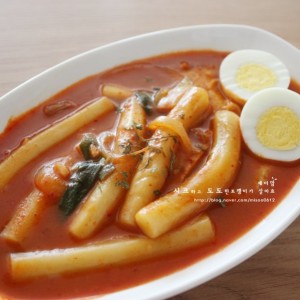 Soup tteokbokki - Soup of tteokbokki from a snack bar in front o4.89(212)
Soup tteokbokki - Soup of tteokbokki from a snack bar in front o4.89(212) -
2
 Tteokbokki with Jongwon Baek4.87(95)
Tteokbokki with Jongwon Baek4.87(95) -
3
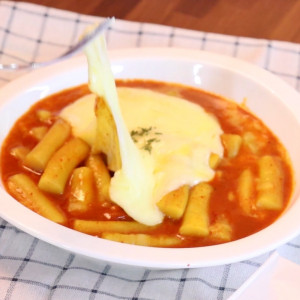 Making Shinjeon Tteokbokki :: 90% synchronized seasoning recipe4.90(52)
Making Shinjeon Tteokbokki :: 90% synchronized seasoning recipe4.90(52) -
4
 It's a trend ! Hot Chicken Carbonara's Tteokbokki Ver. Makkatte5.00(37)
It's a trend ! Hot Chicken Carbonara's Tteokbokki Ver. Makkatte5.00(37)
-
- chicken Recommended recipe
-
-
1
 Making seasoned chicken with popcorn chicken4.83(6)
Making seasoned chicken with popcorn chicken4.83(6) -
2
 Goobne chicken style without failure to make soy sauce chicken!!5.00(6)
Goobne chicken style without failure to make soy sauce chicken!!5.00(6) -
3
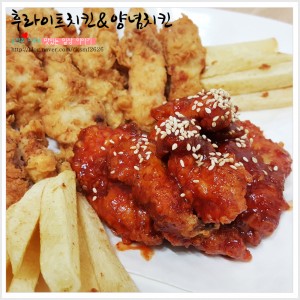 [My Little Television Jongwon Baek Chicken] Making chicken at ho4.92(12)
[My Little Television Jongwon Baek Chicken] Making chicken at ho4.92(12) -
4
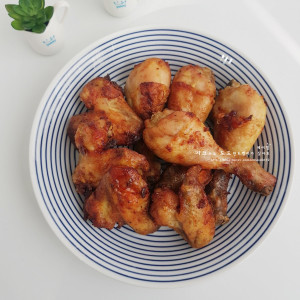 Air fryer chicken4.83(35)
Air fryer chicken4.83(35)
-